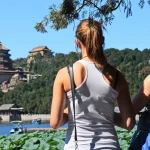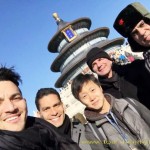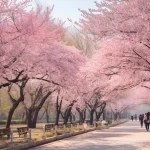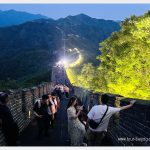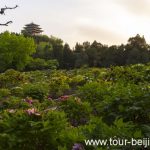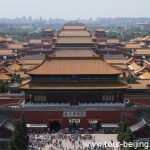Gubei Water Town (Tips,Photos, Hotel, Ticketing & Map)
Gubei Water Town (古北水镇)in Beijing is officially known as Beijing Miyun Gubei Water Town (Simatai) International Tourism Resort. It is not a historical water town, it is a replica of Wuzhen Water Town in the Southern China. The Construction of Gubei Water Town The water town is built on the former 5 sub natural villages of Simatai…
